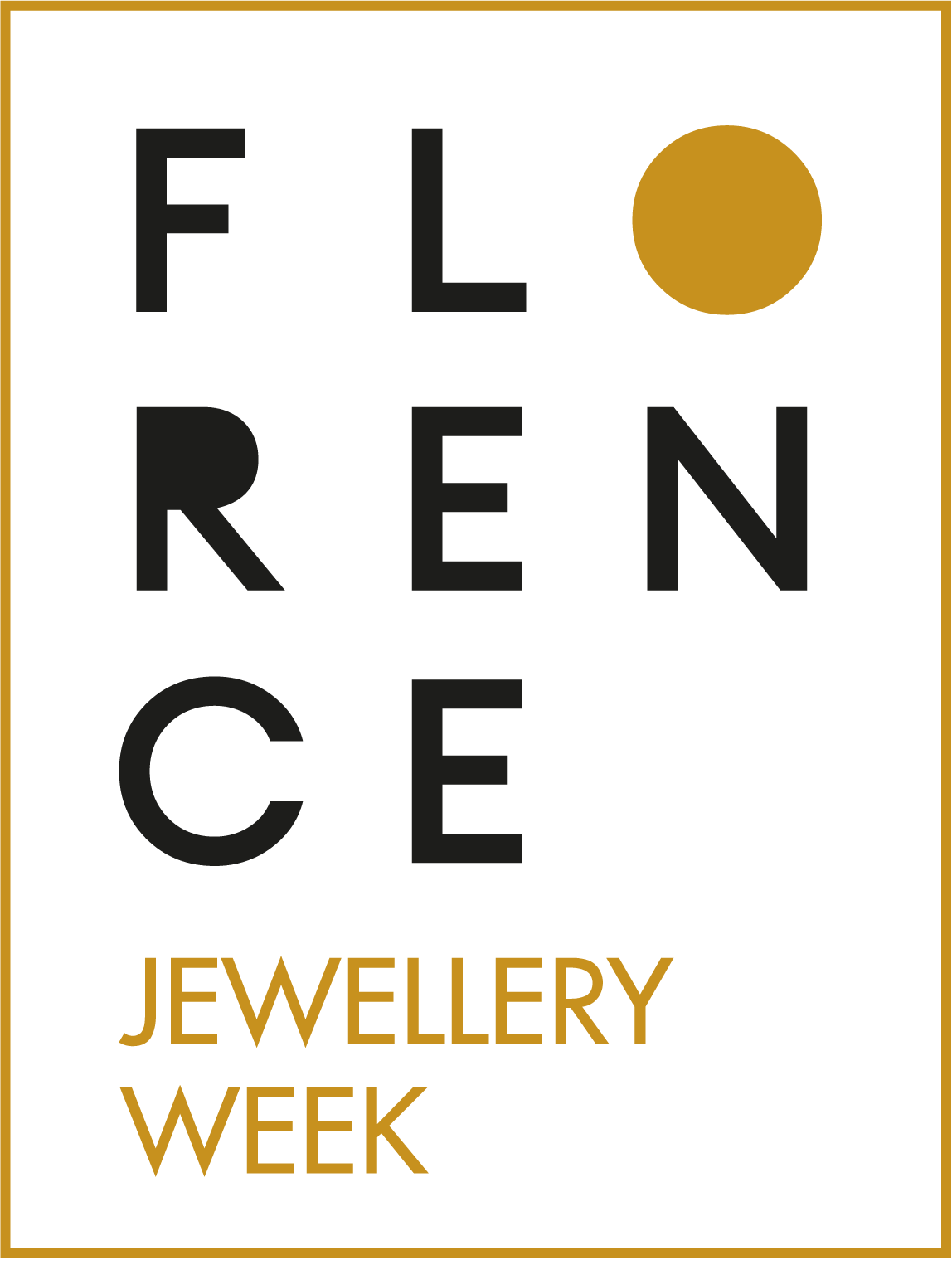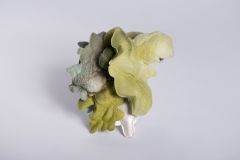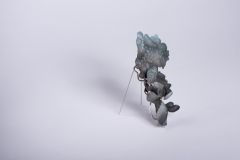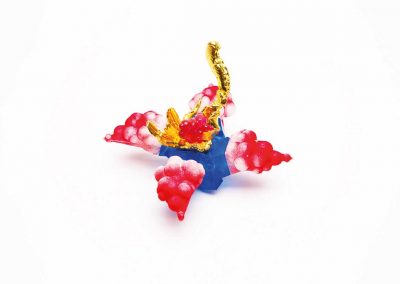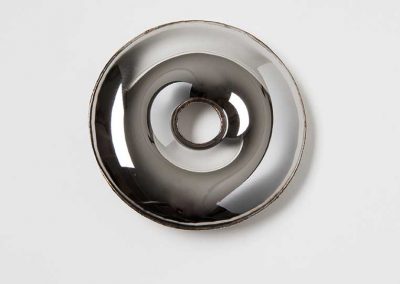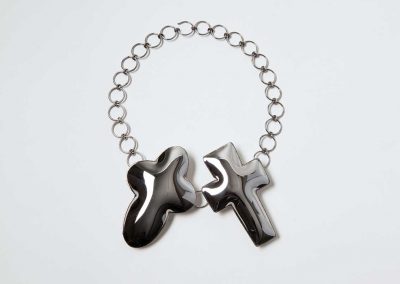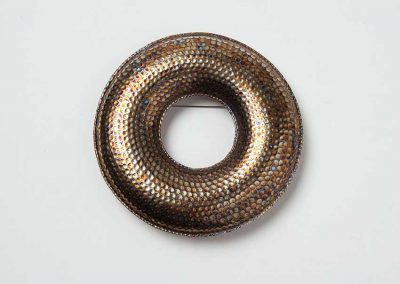
Our Identity
The value of art and crafts of our time
In a world that wants us more and more homologated, equal to each other, but at the same time puts the emphasis on racial, religious or ideological differences, erecting walls in defense of false values, and imprisons those who seem different, the valorization of its own and others’ cultural identity becomes a respectful and mutual understanding issue.
Everyone has the right and the duty to cultivate its present history and its traditions, and transmitting them to his children, in the forms and in the manner that every people choose for itself.
A kind of world cultural domination wants to dictate to all of us how to make our choices, how to dress, how to talk, what to eat, and what art to produce.
Far from being a limit, the cultural differences are an inalienable wealth for the whole of humanity, and not just for a specific country, or a specific geographical, political or military area.
Classical art and traditional crafts, constitute for every human group and every single person a legacy that cannot be ignored, or simply put aside.
Contemporary research has its roots in this memory, and from it draws its nourishment.
Based on the above considerations, LAO invited worldwide young jewellery makers to apply and submit works from which emerges a research linked to the contemporary interpretation of traditional themes of your culture, in the broadest sense of the term.
The artists research could be inspired to any traditional art or craft form, a material, a technique, an object of use, an ornamental detail, or architectural elements, without any limit. Immaterial source of inspiration were also admitted.
The creative process, the reasons, the objectives of the candidates were explained through the objects and the statement submitted to the jury.
For the 2017 edition
of the contest,
we received
applications from all over the world.
The selection was based on:
The originality in the contemporary
re-interpretation of the tradition;
The quality of design and manufacture of the pieces;
The contemporary use of the materials;
The conceptual and technical innovation.
Fang Jin Yeh
Fang Jin Yeh
“Mimicry – My impression of the sea creatures”
I grew up on an island surrounded by the sea and my hometown is my best learning resource. It makes me experience the beauty of nature and exposes me to different forms of art. There is a saying: “we are not aware of the unconscious effect in our daily life, but in fact it is the invisible root of our conscious thinking.” I believe that even artists create works from their intuition. The work itself still implies some vocabularies, and the clues left behind by the works may be the images reflected by the certain scenes or events in our mind. Therefore, I am used to making use of my instinctive ideas through actual operation and then slowly observe the root of my own creation. The self-exploration and self-dialogue emerge during the process of practice. However, some accidental attempts and unconscious actions seem to relate to the seacoast that I grew up by. The characteristics of my hometown and the sense of beauty have unwittingly been imprinted in my subconscious. Because of the environment I grew up in, I have always been fascinated by translucent material. Its nearly transparent appearance, looming with spots, is just like the squid in the ocean. Therefore I mainly used translucent material for the jewellery to give the paper I incorporate a new image. You can even feel the concept of painterliness in these works (which is also related to my ten-year painting career). The translucent material also has a swelling bubble texture, like the blistering of our body. It will react to stimulus and constantly expand just like a living organism. During the process of my experimentation, this series of works reminded me of grilling dried squid at home when I was a kid. The skin always swells and the squid will curl with the heat. Most of my inspiration comes from nature. I hope to express the natural biological appearance in my mind by making use of colors and shapes. I leave a vast space for viewers to imagine by themselves, and hope they can recall some traces left by various items and fortunes in their life. They may even find some surprises in my works, such as the mimicry between papers and metal, the comparison of organic and geometric shapes, or the different hardness among materials. In addition to the traditional granulation and the construction with metal with soldering and other techniques, I found materials of my own and new technologies to employ. The changeable appearance of the paper with instant expansion gives me an unexpected manipulation of value.
Qian Wang
Qian Wang
“obstructive scenery”
My designs are based on research about gardens in the Western world and the Eastern world, focusing on the classic Versailles garden in France and the Suzhou Garden in China. The forms derive from studies of stained-glass windows, and especially the Suzhou Garden windows, and I worked with both digital engineering and techniques of hand-craftsmanship to make them. I am exploring the relationships between garden landscapes and the body by creating different ways the pieces can be worn. When I visited the Suzhou Garden, I found an interesting visual experience where the landscape perspective was changing from window to window when I walked along. In China, this is called obstructive scenery, which is a traditional way to design garden landscapes in order for visitors to view a series of carefully composed scenes that unroll like a scroll of landscape paintings. As such, Chinese gardens elucidate Dao philosophy, balancing the harmonious adjustment to the natural world. This is quite different to my experience of visiting the gardens of Europe. As with French gardens, the central axis, order, proportion and symmetry were the informing principles, which were to show the honor and power of royalty at the time.
Xiaodai Huang
Xiaodai Huang
“Variants”
My inspiration is from the variation caused by the Fukushima nuclear explosion. The accident impacted the environment heavily, and many creatures born afterwards were deformed. This has made me concerned about the environment. I started from a current variation of the impact of pollution on creatures. Based on the basic structure of mechanical aesthetics, decoration and taking advantage of the extraction from biological variation – as well as through 3D modelling formation after disassemblage and reorganization – a creature in an unknown field is created. In fact, mechanical aesthetics and decoration is contradictory. Mechanical aesthetics emphasize the abandonment of any decoration, so the idea of biological jewellery itself is a contradiction or should not exist. There are lots of factors that could lead to variations of biological pollution; I chose one perspective for the conduction of discussion, research and design, which is the influence that industrial production imposed on biological features. The design work is to warn people that they will pay with their life for excessive waste, the use of industrial materials and the irreversible pollution that causes. I wish that visitors would notice the potential environmental crisis behind beautiful things when they see these pieces of jewellery. Environmental issues could be the biggest problem for biological development. And to turn a bad variant into a good one is even a more difficult issue. I wish that my art works could make an effective contribution to environment protection.
Shachar Coen
Shachar Coen
The brightly polished stainless steel surfaces of the works of Shachar Cohen show traces of their fabrication only at the edges, and mirror their surroundings. When viewed from the front, they thus defy a concrete definition of form. Though the contours can be seen, the actual sculptural shaping towards the back or front initially remain ambivalent. From the side, the biomorphic streamlining of the hollow bodies displays a slightly convex shape on both sides. With the exception of the welded edges, the softness and elegance of form recall the tactile feel of a palm stone. The works provoke a figurative interpretation of the abstract form of the objects; anthropomorphic structures in a greatly abstracted form can be vaguely discerned, like a head and shoulders or a waist. In this respect, the use of a single material coupled with simple contours and their polished shapes recall archaic idols, fertility symbols or canopic jars whose in part ornamental internal differentiation, processing traces and blemishes of time are thereby eliminated. Stainless steel, like chromium plating, has a cool and repelling air to it, and it simultaneously exudes a hygienic and timeless quality. Its durability and resilience has made it into a commonplace, everyday material. Beholders of the works are instantly attracted by the polished, reflecting surfaces and the ergonomic design, turning the works into objects of desire, as Smartphones, for example would be. As the titles of the works suggest, a juxtaposition between the spiritual idols of the past and the shallow idols of today takes place. Disturbing the reflection of beholders as they look at themselves in the works, Shachar Cohen sees them as referring to a self-absorbing society where people’s need for transcendence is pushed into the background while the selfie phenomenon is omnipresent.
Special Mentions
GIULIA SAVINO
“1: 20000”
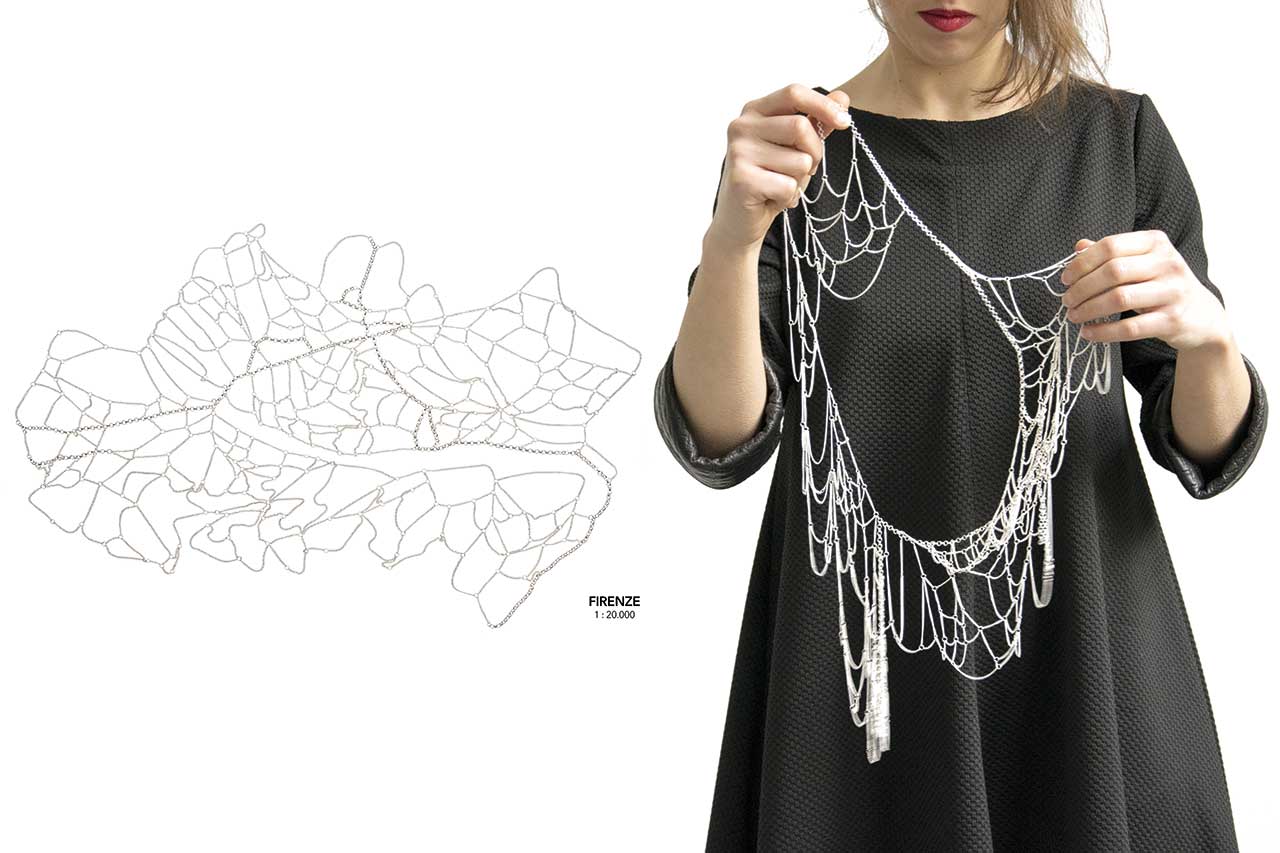
HENG LEE
“Floral Print of Formosa”

HOLLAND HOUDEK
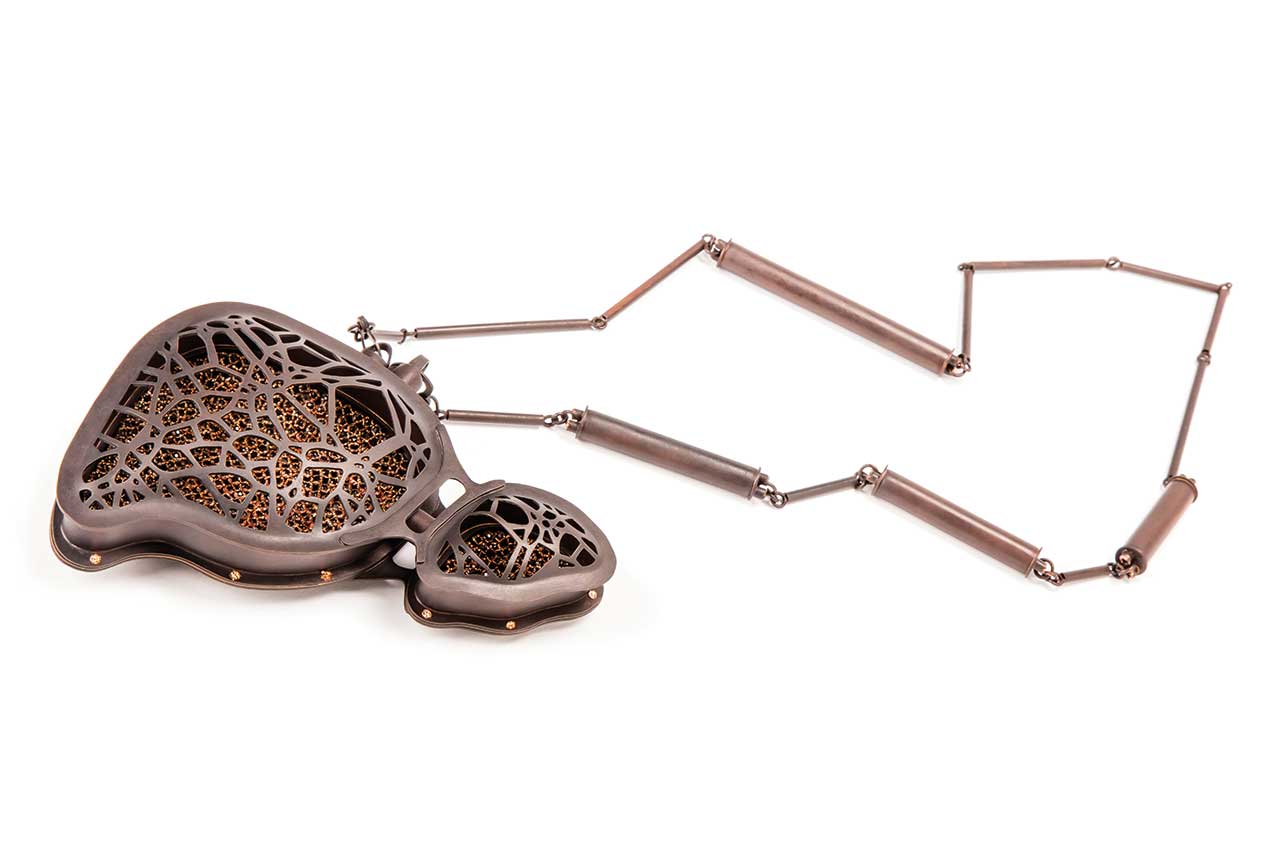
MARION DELAROU

NIKLAS LINK
“ICON”
